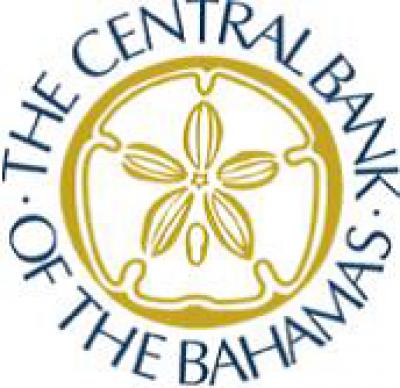NASSAU, BAHAMAS – The Bahamas’s vacation rental market has taken a noticeable hit due to Hurricane Dorian, according to data released by the Central Bank, which revealed a 5.3 percent decline in total room nights sold.
The Central Bank’s monthly economic and financial development report for January 2020, included data provided by AirDNA
“A 5.3 percent decline in the total room nights sold, fueled by a 6.1 percent decrease in bookings for entire place listings, which outstripped the 0.9 percent rise in hotel comparable bookings.”
The report noted that the average daily room rate (ADR) for both entire place listings and hotel comparable contracted by 9.6 percent and 1.5 percent to $371.75 and $153.07, respectively.
“An analysis of the short-term rental data by island, indicated that reductions in total room nights sold were led by the storm ravaged Abaco market (32.1 percent), as bookings for both entire place and hotel comparable contracted by 32.4 percent and 24.5 percent, respectively,” it read.
“In the New Providence market also, bookings fell by 6.3 percent, underpinned by reductions of 6.7 percent for entire place bookings and 4.5 percent for hotel comparable listings.
“In Grand Bahama, entire place listings and hotel comparable listings declined by 5.1 percent and 2.9 percent respectively. Conversely, in Exuma, data for bookings varied, as room nights sold for entire place listings weakened by 5.7 percent, while room nights sold for hotel comparable grew by 10.4 percent,” the report noted.
The report noted that activity in the tourism sector remained positive.
“Official data provided by the Ministry of Tourism (MOT) revealed that total foreign arrivals for the month of December 2019 rose by 5.3 percent, but was below the 10 per cent growth recorded in the prior year,” it continued.
“Specifically, the sea segment grew by 8.9 percent following a growth of 9.2 percent in 2018. In contrast, air arrivals declined by 6.9 percent, a reversal from a 12.7 percent expansion a year earlier.
“A breakdown by major port of entry showed that arrivals to the Family Islands advanced by 32.7 percent, vis-à-vis an 18.8 percent reduction in the previous year, due to a rise in sea passengers of 43 percent, which outstripped a 28.4 percent contraction in air traffic.”
It read: “In contrast, total visitors to New Providence fell by 1.4 percent, to reverse the 30.2 percent expansion in same period in the prior year, underpinned by a 3.2 percent falloff in sea arrivals, which offset the 3.4 percent increase in the air component. Further, amid declines in both the air (75.1 percent) and sea (37.2 percent) segments, total arrivals in Grand Bahama contracted by 43.2 percent, a turnaround from a 20.8 percent growth in 2018.”
Still, total arrivals for 2019 expanded by 9.4 percent–the strongest growth in nine years–surpassing the 7.9 percent increase in 2018.
The report stated: “Developments within the hotels segment reinforce comparatively subdued month of December outcome, but with the overall uptrend secured for the calendar year. Information provided by The Bahamas Hotel & Tourism Association (BHTA) and the MOT, showed a one percent falloff in room revenue for Nassau and Paradise Island properties during the month, but an 18 percent gain for the year.
“The contrast reflected negative marketing pressures that the industry was still steadily countering since the Hurricane. For the year, properties sustained gains in both the number of room nights sold – 11 percent, and in the average daily rate of 6.5 percent to $266.92; while the average occupancy rate rose by 5.4 percentage points to 67.1,” the report stated.


